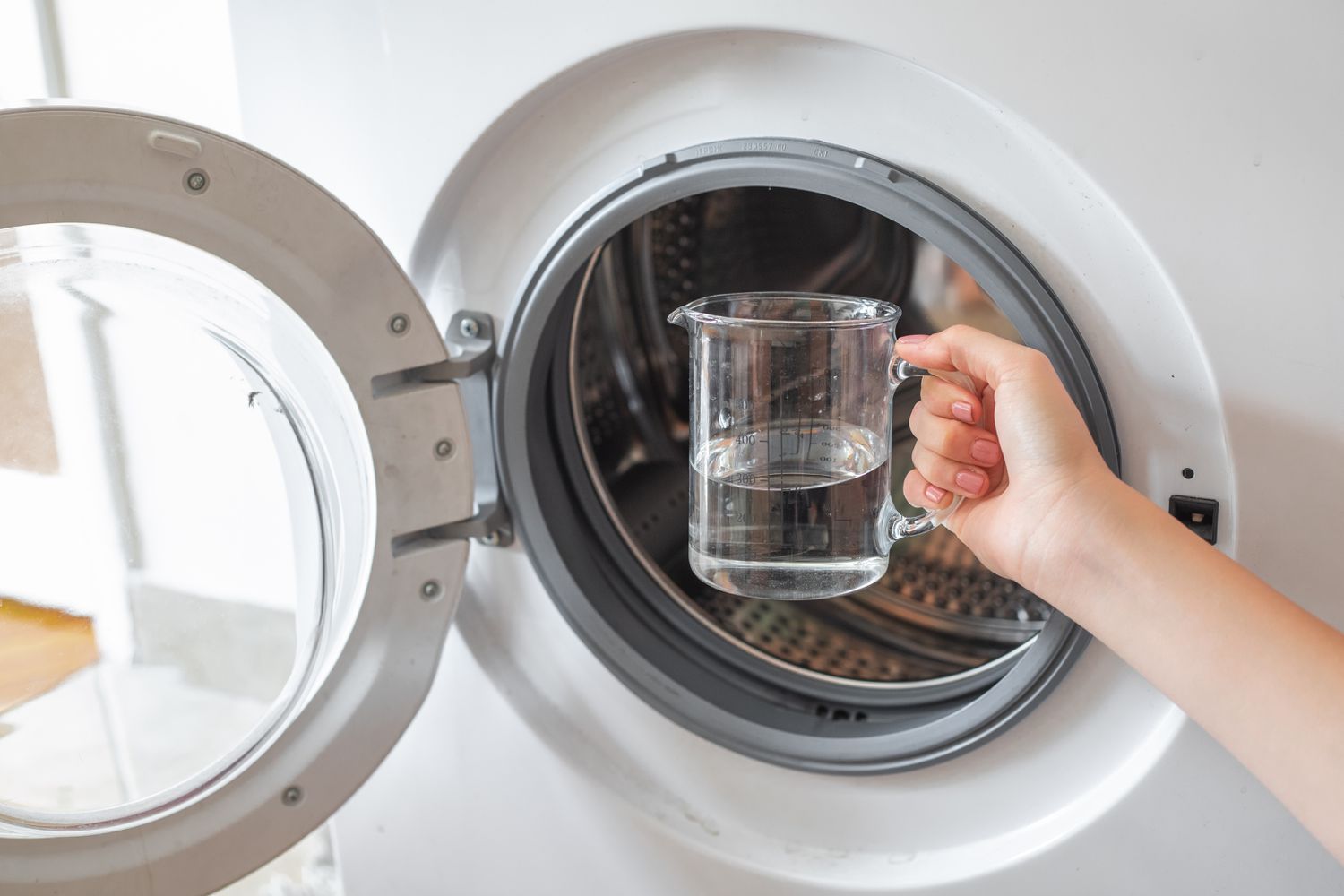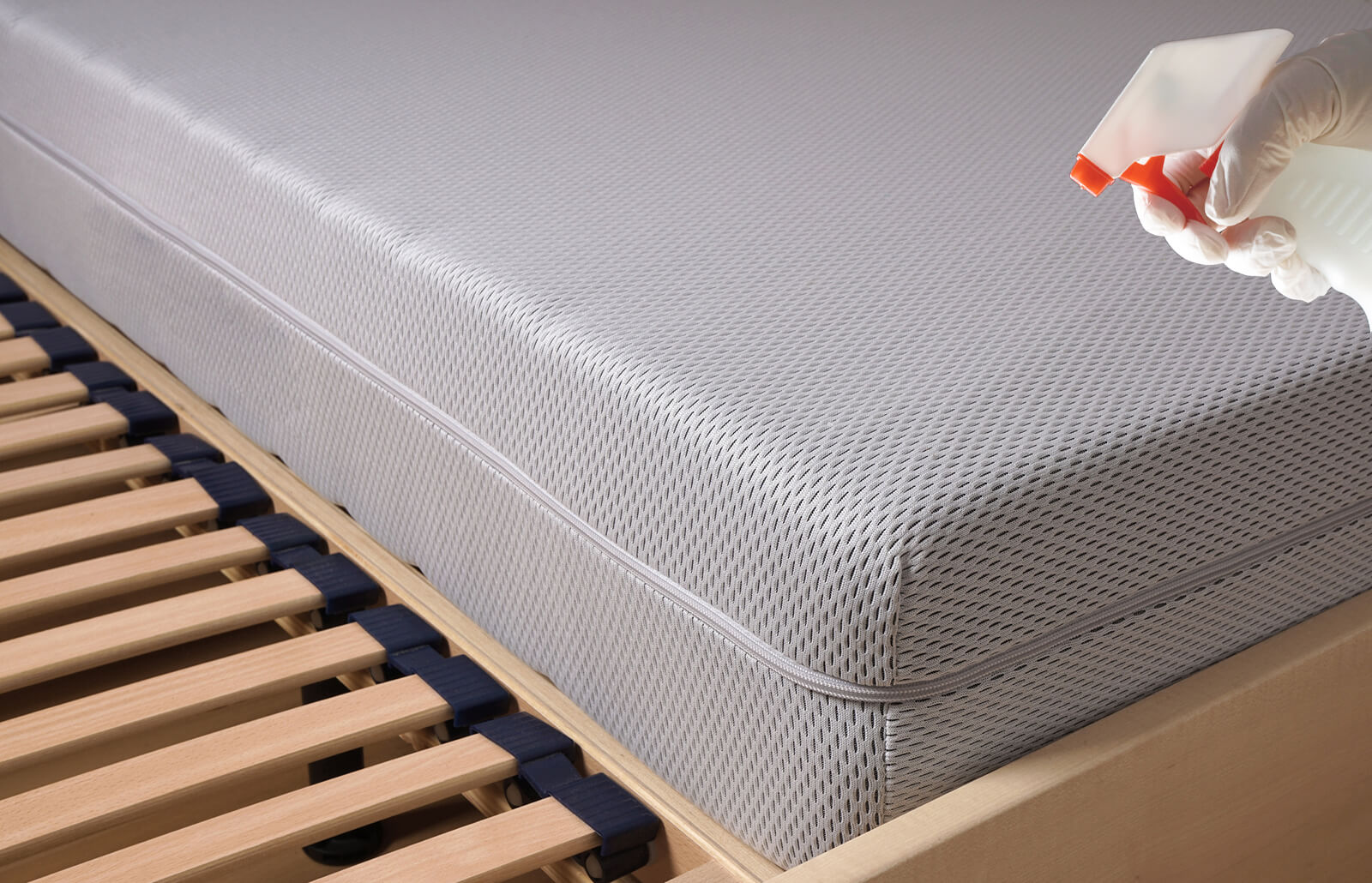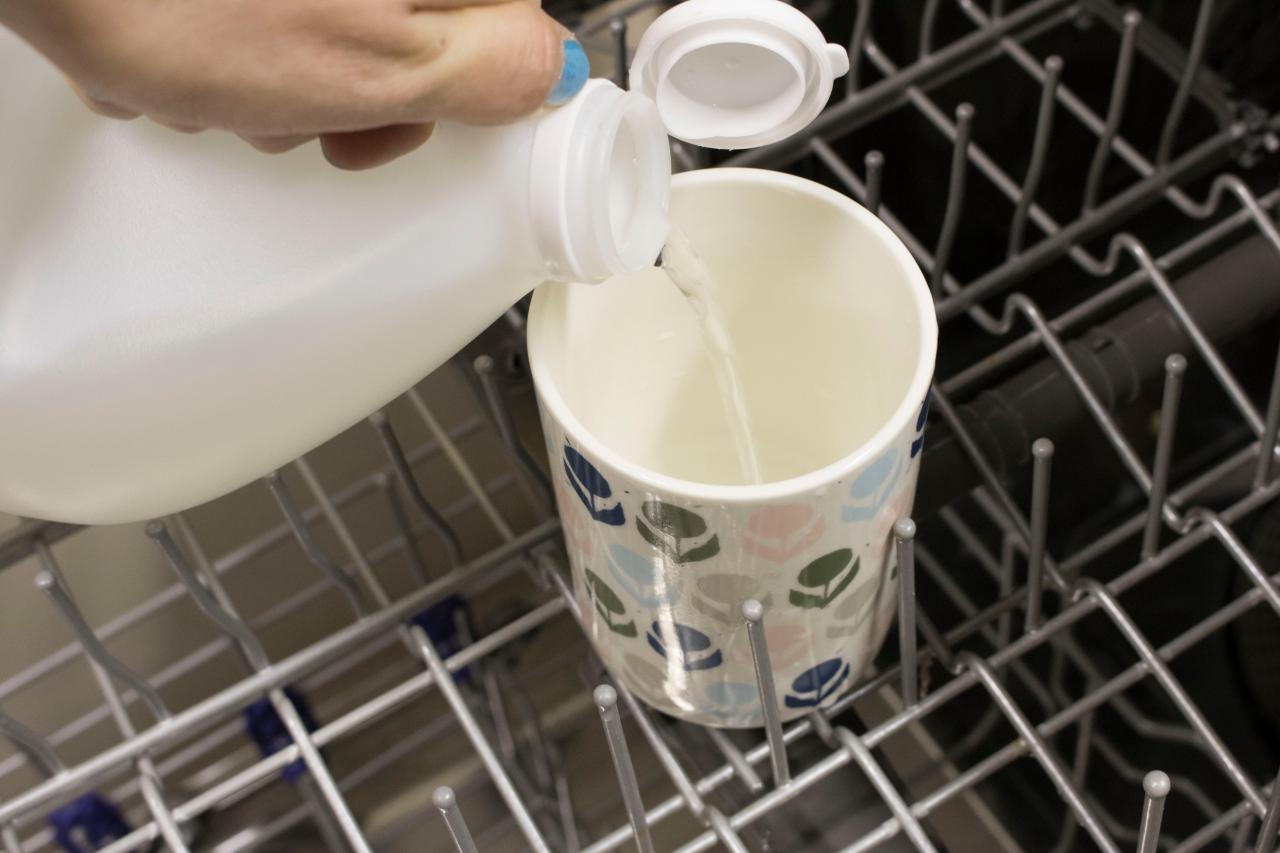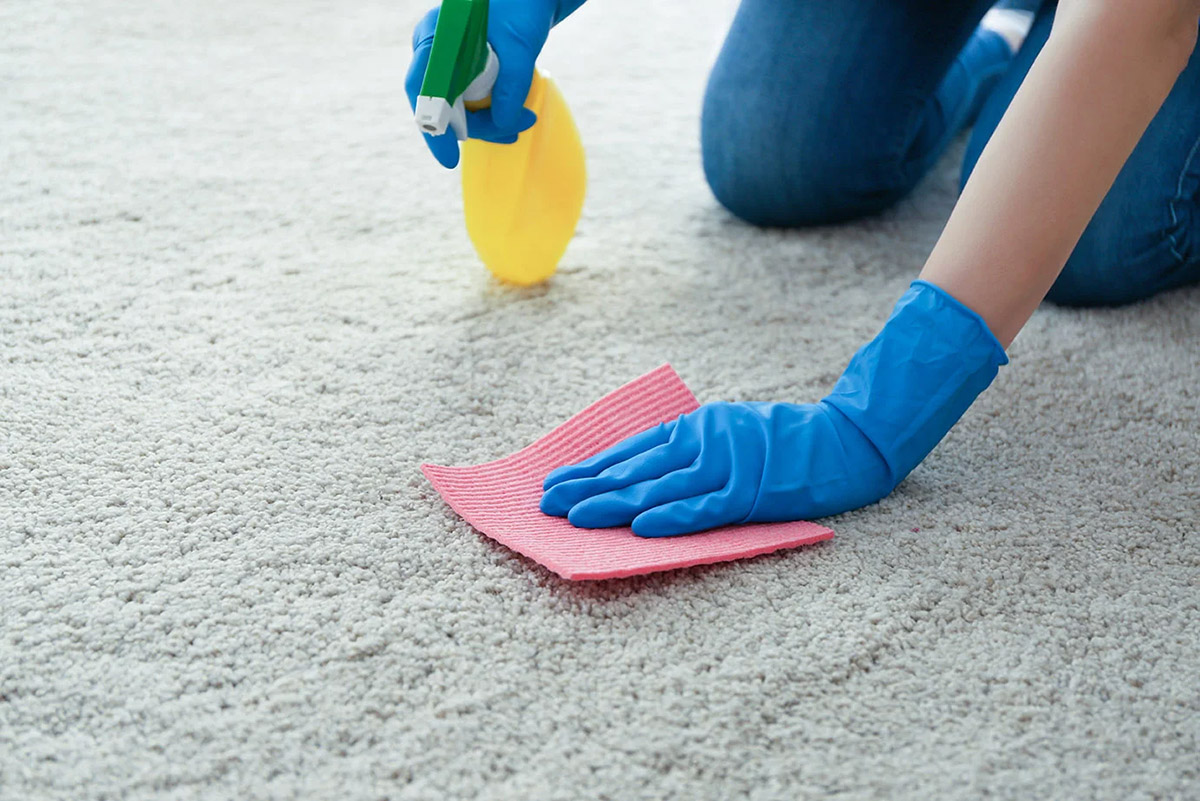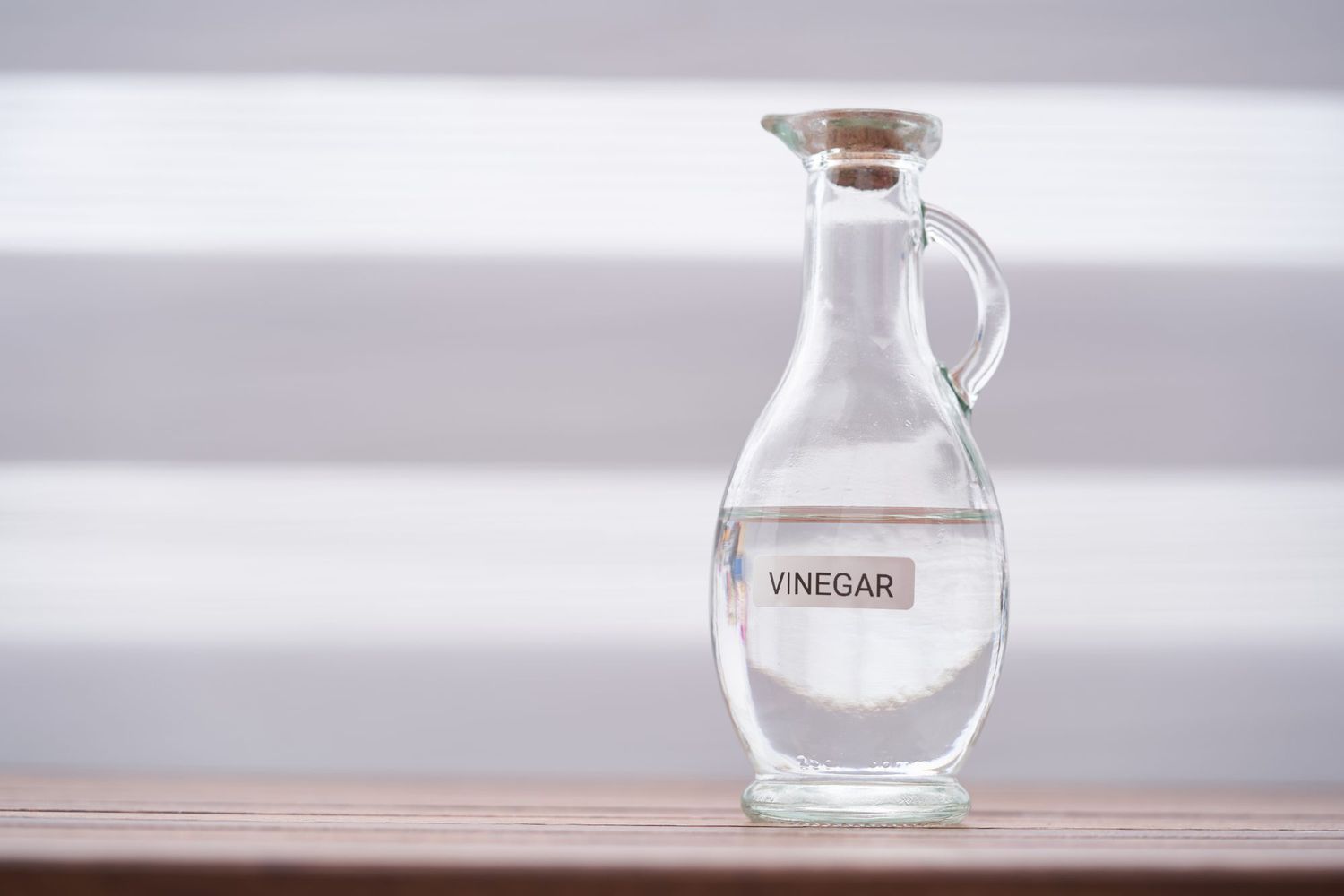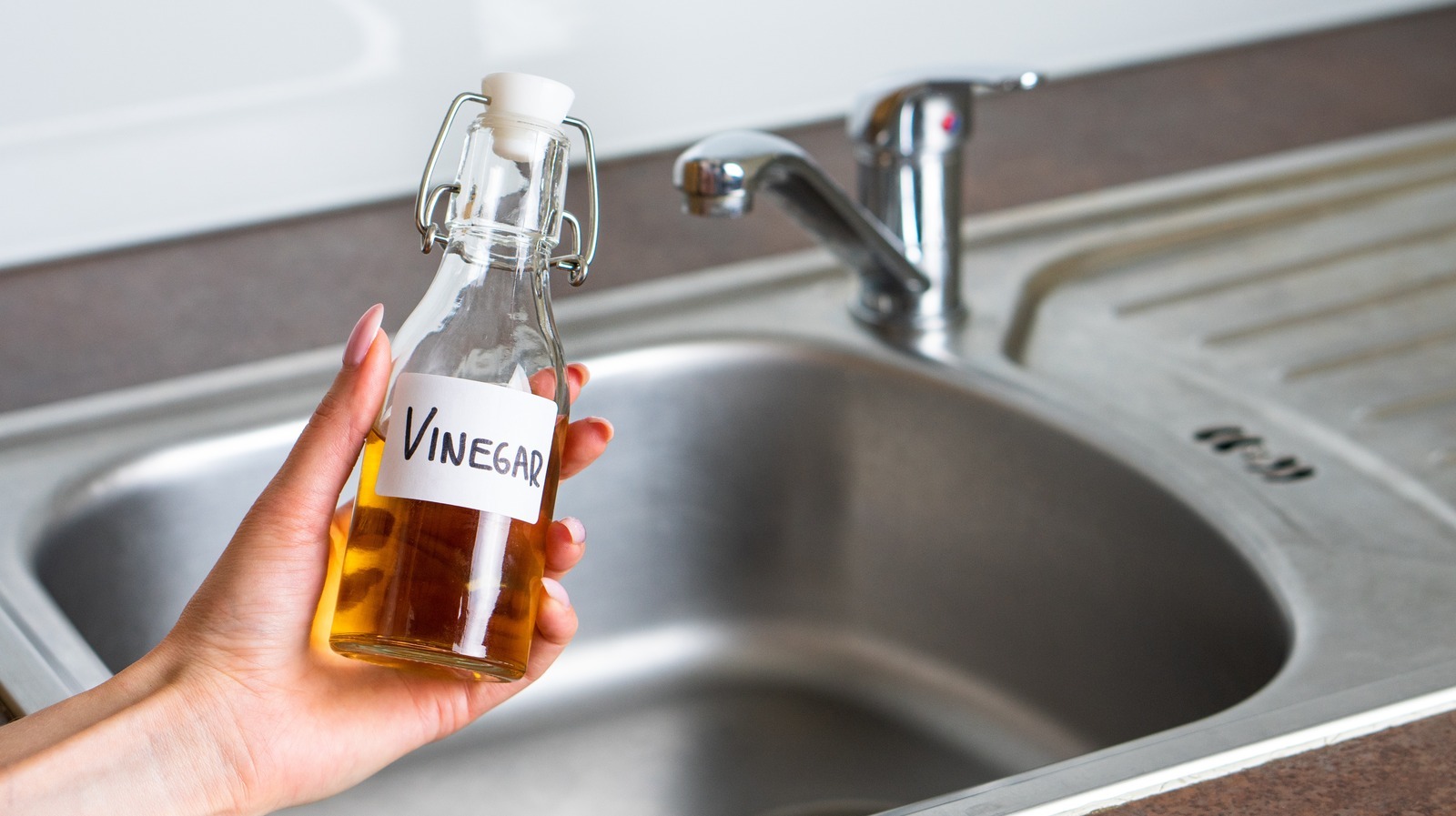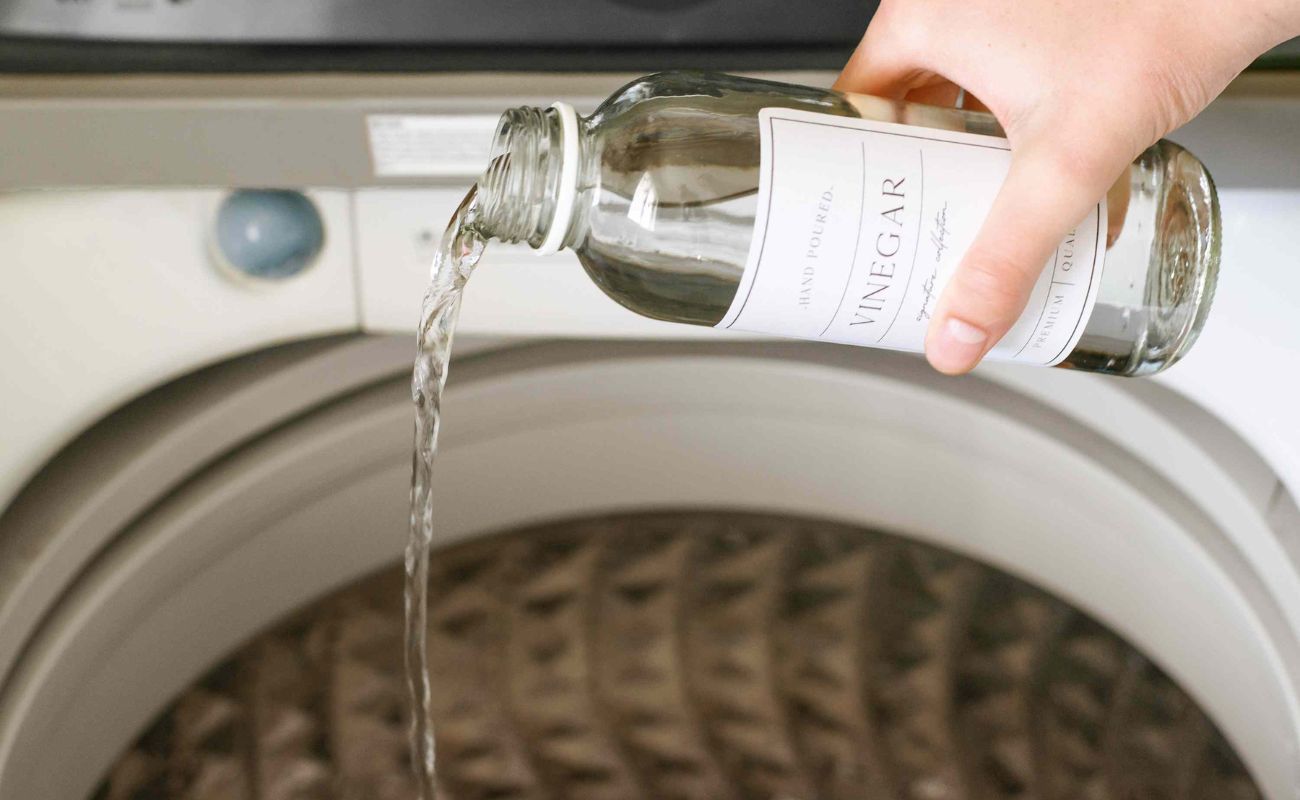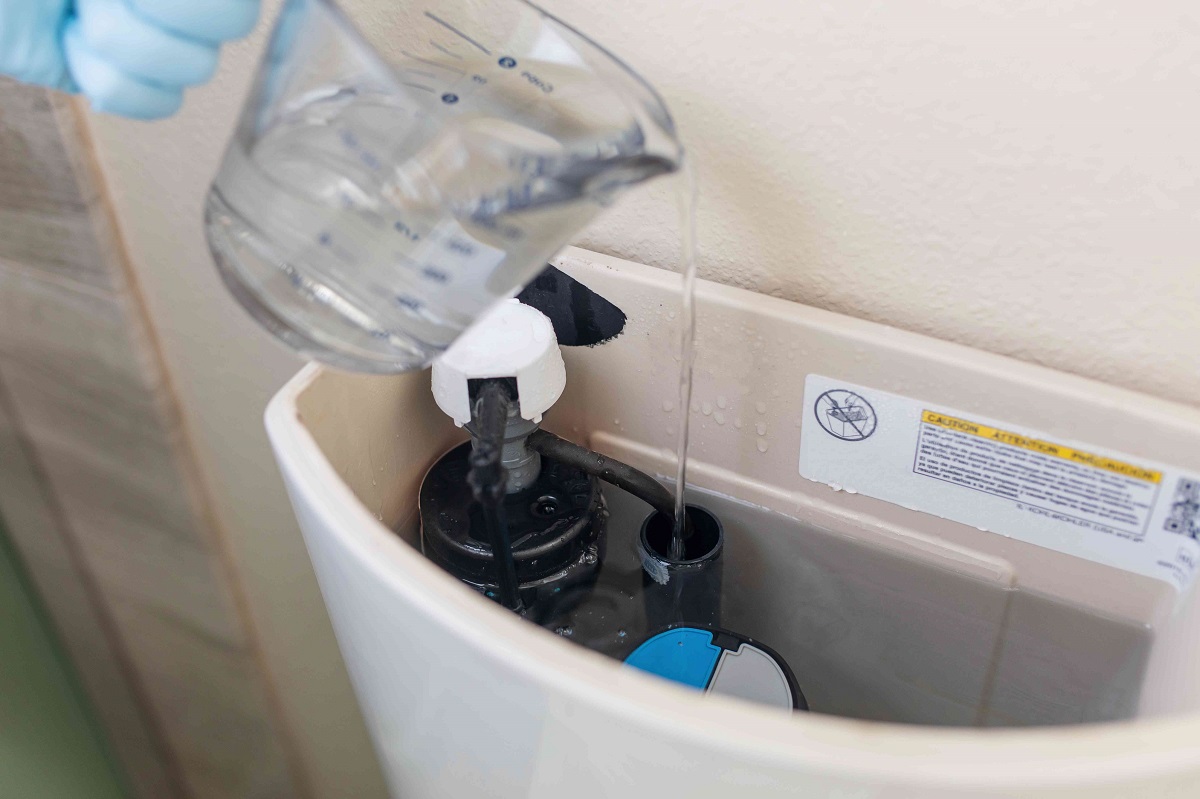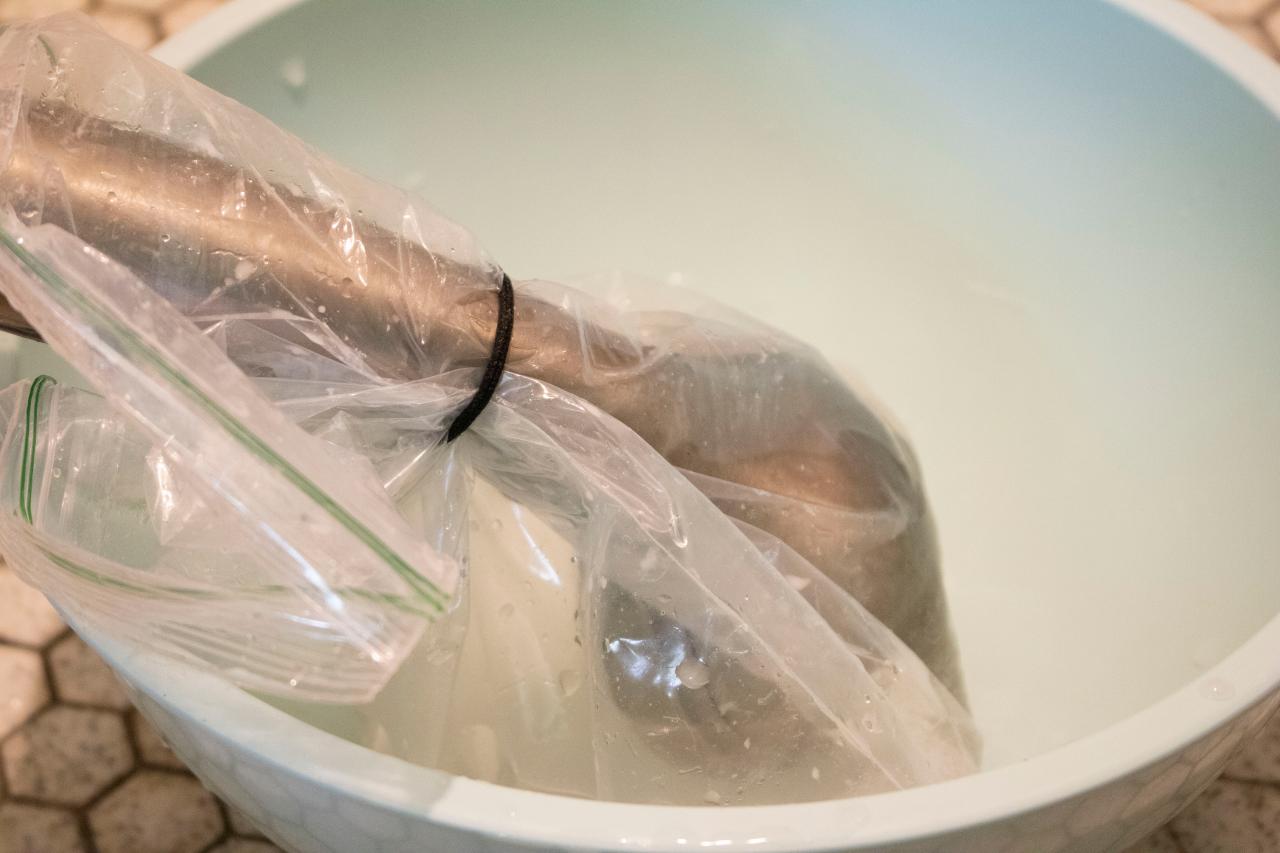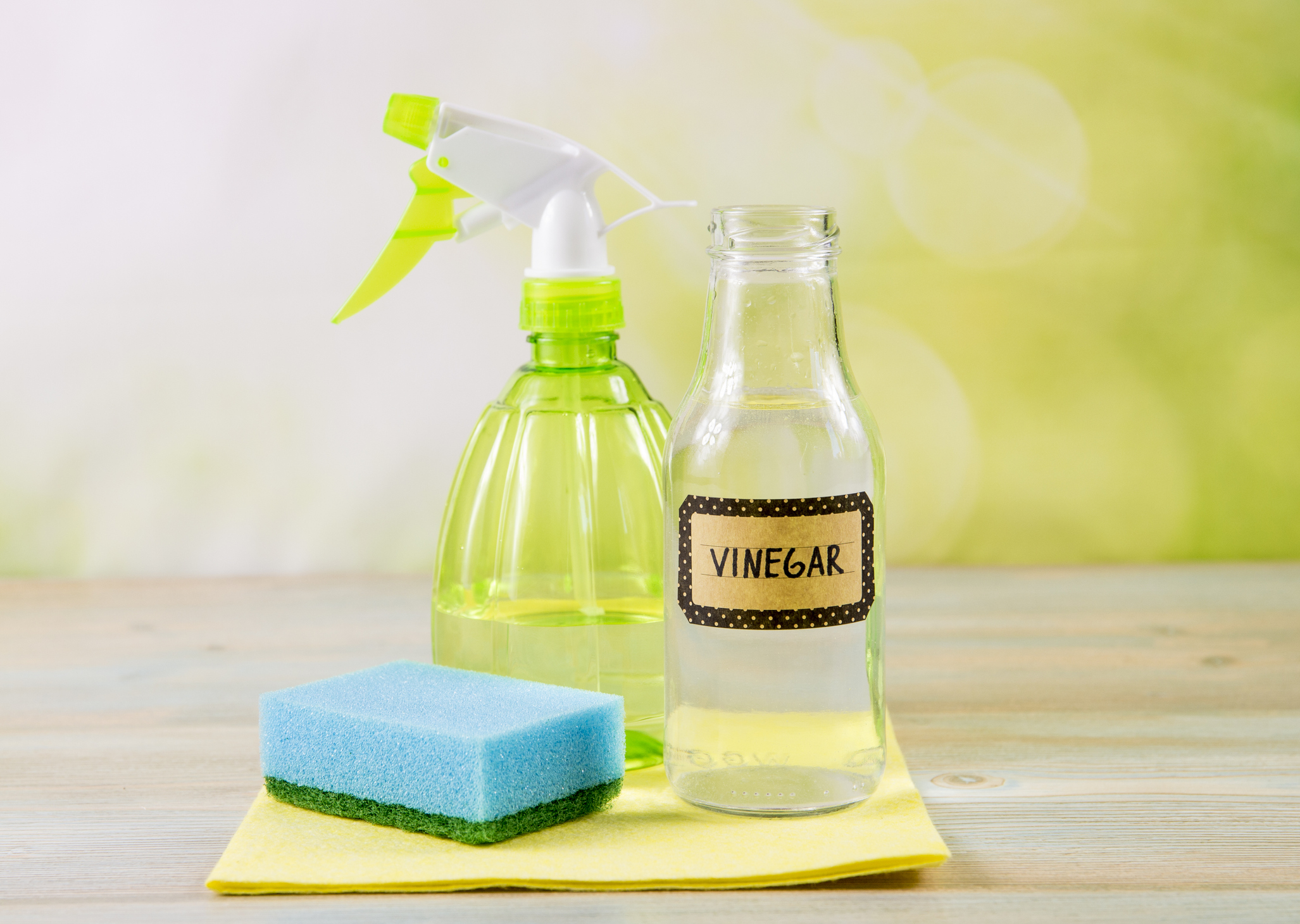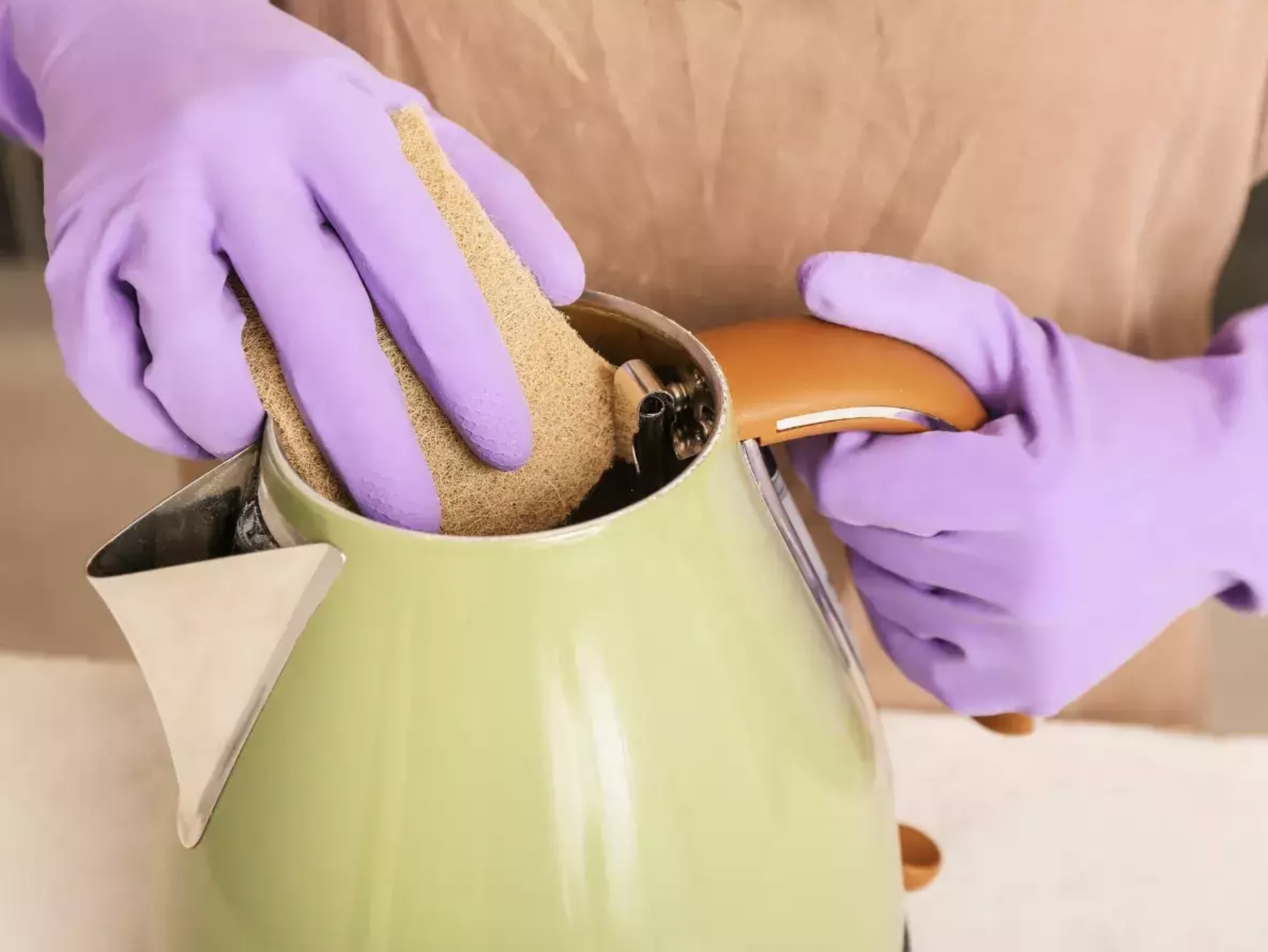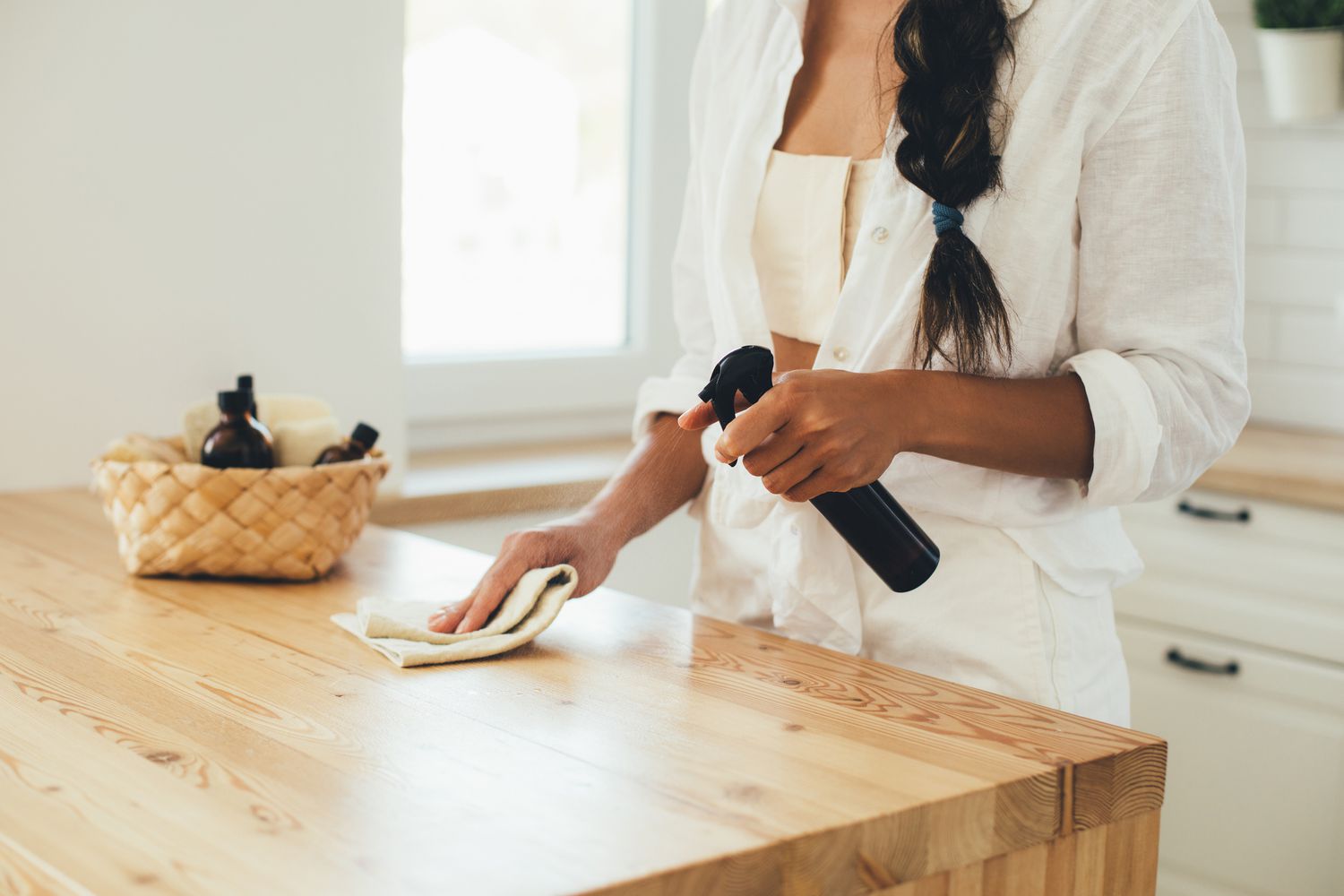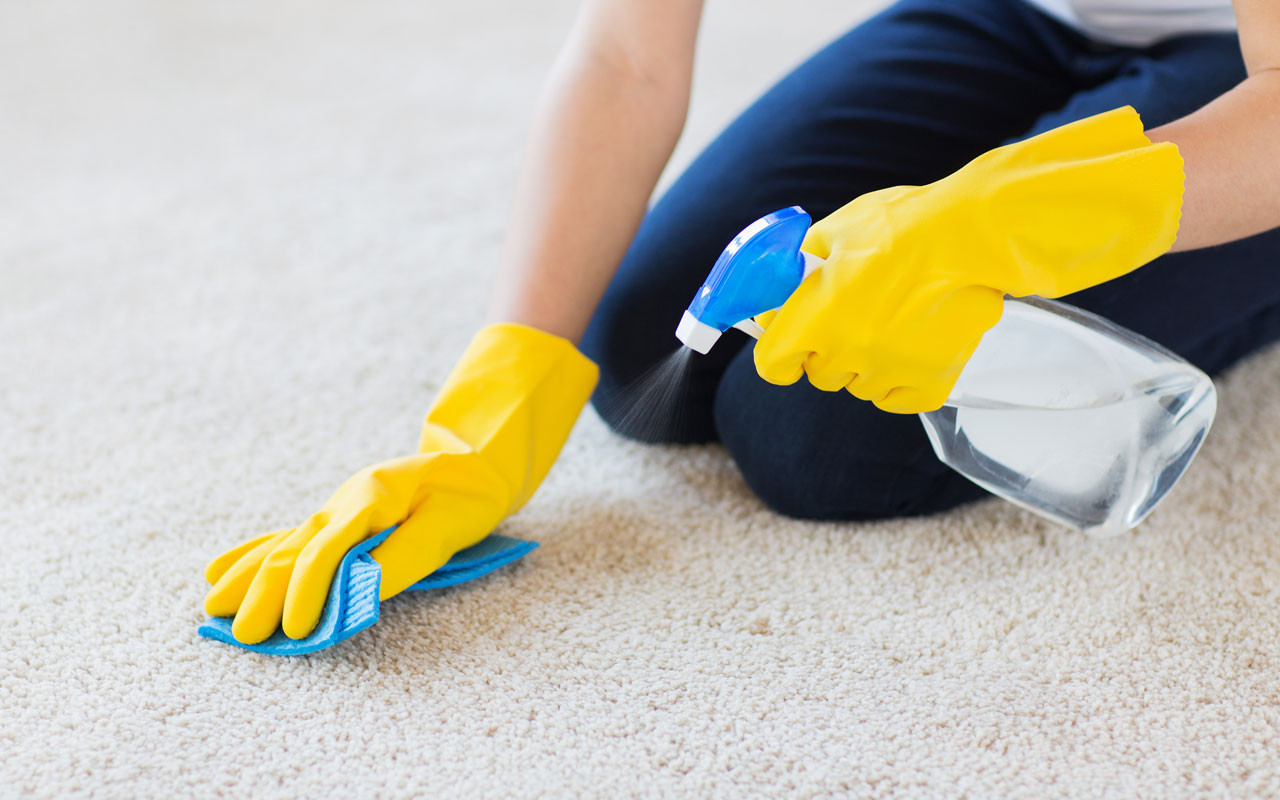

Articles
How To Use A Vinegar To Clean A Carpet
Modified: January 9, 2024
Learn how articles can help you clean your carpet effectively. Discover the benefits of using vinegar and easy steps to achieve a spotless carpet.
(Many of the links in this article redirect to a specific reviewed product. Your purchase of these products through affiliate links helps to generate commission for Storables.com, at no extra cost. Learn more)
Introduction
When it comes to keeping our homes clean, one of the most frustrating challenges can be dealing with dirty carpets. Whether it’s spills, stains, or everyday dirt and grime, carpets can quickly become worn and unsightly. Thankfully, there is a simple and eco-friendly solution that can effectively clean and freshen your carpets – vinegar.
Vinegar has long been known for its versatile cleaning properties, and it can work wonders on carpets too. Not only is vinegar a natural and cost-effective alternative to commercial carpet cleaners, but it is also safe to use around pets and children, making it an ideal choice for environmentally conscious homeowners.
In this article, we will explore the benefits of using vinegar for carpet cleaning, important safety precautions to keep in mind, and step-by-step instructions on how to use vinegar to clean your carpets effectively. Whether you’re dealing with a stubborn stain or simply want to freshen up your carpets, vinegar can be your go-to cleaning solution.
So, let’s dive in and discover how to use vinegar to achieve cleaner, fresher, and more vibrant carpets!
Key Takeaways:
- Vinegar is a natural, eco-friendly, and cost-effective solution for carpet cleaning, offering effective stain removal, odor elimination, and a safe option for homes with pets and children.
- When using vinegar for carpet cleaning, it’s important to follow safety precautions, prepare the vinegar solution correctly, and consider alternative methods for spot cleaning, deep cleaning, and odor removal.
Read more: How Do You Clean Carpet With White Vinegar?
Benefits of Using Vinegar for Carpet Cleaning
Using vinegar for carpet cleaning offers a range of benefits that make it a popular choice among homeowners. Let’s take a closer look at some of these benefits:
- Natural and eco-friendly: One of the main advantages of using vinegar for carpet cleaning is that it is a natural and eco-friendly solution. Unlike commercial carpet cleaners that are loaded with harsh chemicals, vinegar is a safe and non-toxic option for both your home and the environment.
- Effective stain removal: Vinegar is known for its powerful stain removal properties. It can effectively break down and lift stubborn stains from your carpet fibers, including those caused by food, drinks, pet accidents, and more. Simply applying vinegar to the stained area and blotting it gently can help remove the stain without damaging your carpet.
- Odor elimination: Carpets can harbor unpleasant odors, especially if there have been spills or accidents. Vinegar is excellent at neutralizing odors and leaving your carpets smelling fresh and clean. It can help eliminate the lingering smells of pet odors, cigarette smoke, and even mildew.
- Cost-effective solution: Vinegar is a budget-friendly carpet cleaning option. You don’t need to spend a fortune on expensive carpet cleaners when a simple bottle of vinegar can do the trick. It is readily available at most grocery stores and is much more affordable than commercial carpet cleaning products.
- Safe for pets and children: Unlike chemical-based carpet cleaners that can leave residue and potentially harm pets or children, vinegar is safe to use around them. You can have peace of mind knowing that your furry friends or little ones won’t be exposed to harmful chemicals while playing on the freshly cleaned carpet.
- Provides a natural shine: Not only does vinegar help clean your carpets, but it can also leave them looking shiny and refreshed. It can restore the natural luster of your carpet fibers, making them appear revitalized and new.
With these fantastic benefits, it’s no wonder that vinegar is a popular choice for carpet cleaning. Whether you’re tackling tough stains or just looking to freshen up your carpets, using vinegar can provide you with impressive results while taking care of the environment.
Safety Precautions
While vinegar is generally safe to use for carpet cleaning, it’s important to keep a few safety precautions in mind to ensure a successful and hassle-free cleaning process. Here are some safety measures you should follow:
- Test in an inconspicuous area: Before applying vinegar to your entire carpet, it’s essential to test it in a small, inconspicuous area. This will help you determine if the vinegar causes any adverse effects on your carpet, such as discoloration or damage. If there are no negative reactions, you can proceed with cleaning the rest of your carpet.
- Avoid using vinegar on certain carpet types: While vinegar is generally safe for most carpet types, it’s best to avoid using it on natural fiber carpets, such as wool or silk. The acidity of vinegar can potentially damage these delicate fibers. For these types of carpets, it’s advisable to consult a professional carpet cleaner.
- Dilute vinegar if necessary: Depending on the severity of the stains or dirt on your carpet, you may need to dilute the vinegar. If you’re dealing with light stains or general cleaning, a 1:1 ratio of vinegar and water should suffice. For tougher stains, you can increase the vinegar concentration slightly.
- Adequate ventilation: When using vinegar for carpet cleaning, ensure that there is proper ventilation in the room. Open windows or use fans to circulate fresh air to prevent the buildup of vinegar fumes. This will help create a more comfortable environment while you clean.
- Protect your hands and eyes: It’s always a good practice to wear gloves and goggles when handling vinegar or any cleaning solution. This will safeguard your skin and eyes from potential irritation or contact with allergens.
- Keep pets and children away: While vinegar is safe to use around pets and children, it’s best to keep them away from the cleaning area until the carpet has dried completely. This will avoid any potential slip hazards or accidental contact with wet vinegar.
By following these safety precautions, you can ensure a safe, effective, and hassle-free carpet cleaning experience with vinegar. It’s important to prioritize safety while enjoying the benefits of using natural and eco-friendly solutions for your home.
Preparing the Vinegar Solution
Before you start cleaning your carpet with vinegar, it’s important to prepare the vinegar solution correctly. Follow these steps to create an effective cleaning solution:
- Gather your supplies: You will need distilled white vinegar, water, a spray bottle or a clean cloth, and a vacuum cleaner.
- Mix the vinegar and water: In a spray bottle, combine equal parts of vinegar and water. For example, if you have 1 cup of vinegar, add 1 cup of water. You can adjust the measurements based on the size of your cleaning project.
- Optional: Add essential oils: If you prefer a scented carpet cleaner, you can add a few drops of your favorite essential oils to the vinegar and water mixture. Lavender, lemon, or tea tree oil work well for masking any vinegar smell.
- Shake well: Secure the spray bottle’s cap and shake it well to thoroughly mix the vinegar, water, and essential oils (if using). This will ensure an even distribution of the cleaning solution.
That’s it! Your vinegar solution is now ready to be used for cleaning your carpets. The vinegar and water combination will effectively break down stains, eliminate odors, and leave your carpets looking clean and fresh.
If you prefer not to use a spray bottle, you can soak a clean cloth in the vinegar solution and use it to spot clean your carpets. This method is particularly useful for targeting specific areas or treating stains directly.
Remember to always test the vinegar solution in a small, inconspicuous area before applying it to your entire carpet. This will ensure that your carpet reacts well to the solution and prevent any potential damage or color fading.
Now that you have your vinegar solution ready, you’re all set to tackle those dirty carpets and enjoy the benefits of a natural and eco-friendly cleaning solution!
Spot Cleaning with Vinegar
If you have specific stains or spots on your carpet that need immediate attention, spot cleaning with vinegar can be extremely effective. Follow these steps to remove stains using vinegar:
- Blot the stain: Use a clean cloth or paper towel to gently blot the stain. Avoid rubbing the stain, as it can push the stain deeper into the carpet fibers.
- Apply the vinegar solution: Spray or apply a small amount of the vinegar solution directly onto the stain. Alternatively, you can soak a clean cloth in the vinegar solution and place it over the stain.
- Gently scrub: Use a soft-bristled brush or a clean cloth to gently scrub the stained area in a circular motion. Be careful not to scrub too vigorously, as it may damage the carpet fibers or spread the stain further.
- Let it sit: Allow the vinegar solution to penetrate the stain and work its magic for a few minutes. This will help loosen the stain and make it easier to remove.
- Blot the stain again: After letting the vinegar solution sit, blot the area again with a clean cloth or paper towel. You should start to see the stain lifting and transferring onto the cloth. Continue blotting until no more stain transfers.
- Rinse with water: Once the stain is removed, rinse the area with clean water to remove any vinegar residue. You can do this by spraying water onto the spot or blotting it with a damp cloth.
- Blot dry: Finally, blot the spot with a dry cloth or paper towel to remove excess moisture. Allow the area to air dry completely before walking on it.
Spot cleaning with vinegar can effectively remove many types of stains, including coffee, wine, pet stains, and more. However, it’s important to note that some stubborn stains may require multiple applications or the assistance of professional carpet cleaners.
Remember to always test the vinegar solution on a small, inconspicuous area of your carpet before applying it to a larger stained area. This will ensure that the vinegar does not cause any discoloration or damage to your carpet fibers.
Now you have the knowledge and steps to successfully spot clean your carpet with vinegar! Say goodbye to those pesky stains and enjoy a cleaner, fresher carpet.
Mix equal parts of white vinegar and water in a spray bottle. Spray the solution onto the stained area of the carpet and let it sit for a few minutes. Blot the area with a clean cloth to lift the stain. Repeat if necessary.
Removing Odors with Vinegar
Over time, carpets can absorb odors from various sources, such as pets, food spills, or smoke. If your carpet is emitting unpleasant smells, vinegar can come to the rescue. Follow these steps to get rid of odors using vinegar:
- Vacuum the carpet: Start by thoroughly vacuuming the carpet to remove any loose dirt or debris. This will help ensure that the vinegar can penetrate the fibers effectively.
- Create a vinegar solution: In a spray bottle, combine equal parts of vinegar and water. Shake the bottle to mix the solution thoroughly. You can also add a few drops of your favorite essential oil to mask the vinegar smell.
- Spray the vinegar solution: Liberally spray the vinegar solution onto the carpet, focusing on the areas that have the strongest odors. Make sure to cover the entire carpet surface evenly.
- Allow it to sit: Let the vinegar solution sit on the carpet for at least 15-30 minutes. This will give it time to penetrate the carpet fibers and neutralize the odors.
- Blot or vacuum the carpet: After the vinegar solution has had time to work, you can choose to blot the carpet with a clean cloth or use a vacuum cleaner to remove any residue. Blotting can be effective for smaller areas, while vacuuming is suitable for larger sections.
- Open windows or use fans: To expedite the drying process and help eliminate any remaining vinegar smell, open windows or use fans to promote air circulation. This will freshen up your space and reduce any lingering odors.
- Repeat if necessary: If the odors persist, you may need to repeat the process a few times until the smells are completely eliminated. Some stubborn odors may require additional treatments or professional carpet cleaning.
Using vinegar to remove odors is an effective and natural method that can leave your carpets smelling clean and fresh. The acidity of vinegar helps neutralize and break down odorous compounds, eliminating unpleasant smells.
Remember to test the vinegar solution in a small, inconspicuous area of the carpet before applying it to the entire surface. This will ensure that the vinegar does not cause any discoloration or damage.
Now you know how to banish those unwanted odors from your carpet using vinegar. Say goodbye to unpleasant smells and enjoy a freshly scented living space!
Deep Cleaning with Vinegar
When your carpets are in need of a thorough cleaning, deep cleaning with vinegar can help remove embedded dirt, odors, and stains. Follow these steps to give your carpets a deep clean using vinegar:
- Vacuum the carpet: Start by vacuuming the entire carpet to remove loose dirt, dust, and debris. This pre-cleaning step will ensure that the vinegar can penetrate deeply into the carpet fibers.
- Prepare the vinegar solution: In a bucket or large bowl, mix one part vinegar with three parts warm water. For example, if you have 1 cup of vinegar, add 3 cups of water. Stir the solution to ensure it is well mixed.
- Test the solution: Before applying the vinegar solution to the entire carpet, test it on a small, inconspicuous area to ensure it does not cause any damage or discoloration. Wait for a few minutes and check for any adverse reactions.
- Apply the vinegar solution: Pour the vinegar solution onto the carpet, focusing on high-traffic areas or any visible stains. Use a scrub brush or a clean cloth to work the solution into the carpet fibers, making sure to cover the entire surface evenly.
- Let it sit: Allow the vinegar solution to sit on the carpet for approximately 10-15 minutes. This will give the vinegar time to break down dirt, stains, and odors.
- Scrub or agitate the carpet: After the vinegar solution has had time to work, use a scrub brush or a carpet cleaning machine to agitate the fibers. This will help loosen dirt and stains, allowing the vinegar solution to penetrate deeper into the carpet.
- Rinse the carpet: Fill a clean bucket with cold water and use a sponge or cloth to rinse the carpet thoroughly. Make sure to remove all traces of the vinegar solution from the carpet.
- Remove excess water: Use a wet/dry vacuum or a clean towel to remove as much water as possible from the carpet. This will help speed up the drying process.
- Air dry the carpet: Open windows or use fans to promote air circulation and aid in the drying process. Avoid walking on the carpet until it is completely dry.
Deep cleaning with vinegar is an effective method for revitalizing and refreshing your carpets. It helps remove dirt, stains, and odors, leaving your carpets looking and smelling clean. However, for heavily soiled carpets or tough stains, it may be necessary to seek professional carpet cleaning services.
By following these steps, you can achieve a deeper clean for your carpets using vinegar. Enjoy the fresh, rejuvenated look and feel of your carpets without harsh chemicals!
Drying and Vacuuming the Carpet
After cleaning your carpets with vinegar, it is important to properly dry and vacuum them to ensure a clean and fresh result. Follow these steps to effectively complete the cleaning process:
- Remove excess moisture: Use a clean, dry towel or a wet/dry vacuum to remove as much excess moisture from the carpet as possible. Gently blot the carpet or use the vacuum in a suction-only mode to extract any remaining water.
- Air out the room: Open windows or use fans to promote air circulation in the room. This will help speed up the drying process by allowing moist air to escape and dry air to enter. Ensure proper ventilation to prevent any musty smells or mold growth.
- Avoid walking on wet carpet: While the carpet is drying, it is best to avoid walking on it to prevent dirt or debris from getting embedded and to prevent any potential slipping accidents. If you must walk on the carpet, wear clean socks or shoe covers to minimize the transfer of dirt onto the damp fibers.
- Check for damp spots: After a few hours, check the carpet for any remaining damp spots. If certain areas are still wet, use a fan or a hairdryer on a low heat setting to speed up the drying process.
- Vacuum the carpet: Once the carpet is completely dry, thoroughly vacuum it to remove any remaining loose dirt, debris, or residue. Use a high-quality vacuum cleaner with strong suction and a HEPA filter, if possible, to effectively clean and freshen the carpet fibers.
- Pay attention to edges and corners: When vacuuming, pay extra attention to the edges and corners of the carpet, as these areas tend to accumulate more dirt and dust. Use a crevice tool or a brush attachment to reach these difficult-to-access areas.
- Regularly maintain the vacuum cleaner: To ensure optimal performance, regularly clean and maintain your vacuum cleaner. Empty or replace the dust bag, clean or replace filters, and check for any blockages to keep your vacuum functioning at its best.
By properly drying and vacuuming your carpet after using vinegar for cleaning, you can achieve a clean and fresh result. Remember to be patient with the drying process and ensure thorough vacuuming to remove any remaining dirt or debris.
Following these steps will help maintain the cleanliness and longevity of your carpets, keeping them looking their best for years to come!
Alternative Vinegar Carpet Cleaning Methods
Vinegar is a versatile cleaning agent that can be used in various ways to clean your carpets effectively. In addition to the spot cleaning and deep cleaning methods mentioned earlier, here are a few alternative vinegar carpet cleaning methods you can try:
- Vinegar and baking soda: Create a powerful carpet cleaner by combining vinegar and baking soda. Sprinkle baking soda liberally over the carpet and allow it to sit for a few hours to absorb odors. Then, mix equal parts vinegar and warm water in a spray bottle and lightly mist the area. The combination of vinegar and baking soda will foam up, assisting in deep cleaning and odor elimination. After the carpet has dried, vacuum thoroughly to remove any residue.
- Vinegar and dish soap: For tough carpet stains, you can mix vinegar with a small amount of dish soap. Dilute one tablespoon of dish soap in a cup of warm water and add a quarter cup of vinegar to the mixture. Apply the solution to the stained area and gently blot with a clean cloth. Rinse with water and blot dry.
- Vinegar and hydrogen peroxide: This method is particularly effective for removing stubborn stains like blood, red wine, or ink. Mix equal parts vinegar and hydrogen peroxide and apply the solution directly to the stain. Let it sit for a few minutes, then blot with a clean cloth. Rinse the area with water and blot dry.
- Vinegar steam cleaning: If you have a steam cleaner, you can enhance its cleaning power by adding vinegar to the water tank. Fill the tank with a mixture of equal parts vinegar and water, then follow the instructions provided with your steam cleaner for deep cleaning your carpets. The hot steam combined with vinegar will help sanitize and freshen the carpet fibers.
- Vinegar and salt: Mix equal parts of vinegar and salt to create a paste. Apply the paste to stains or heavily soiled areas and let it sit for a few hours. Scrub gently with a brush and rinse with water. The abrasive properties of salt, combined with the cleaning power of vinegar, can help tackle tough stains and dirt.
Remember to always test these alternative vinegar carpet cleaning methods in a small, inconspicuous area before applying them to larger areas. This will ensure that the carpet reacts well to the solution and prevent any potential damage.
By experimenting with these alternative vinegar carpet cleaning methods, you can find the one that works best for your specific cleaning needs. Vinegar’s versatility and cleaning properties make it a go-to solution for maintaining clean and fresh carpets.
Conclusion
Vinegar is a powerful and versatile cleaning agent that can be a game-changer when it comes to cleaning your carpets. With its natural properties, vinegar offers a range of benefits for carpet cleaning, including its effectiveness in stain removal, odor elimination, and cost-effectiveness.
Throughout this article, we have explored the various ways to use vinegar for carpet cleaning, from spot cleaning to deep cleaning methods. We have also discussed important safety precautions to keep in mind and provided step-by-step instructions for preparing the vinegar solution.
Using vinegar for carpet cleaning is not only beneficial for your carpets but also for the environment. By opting for a natural and eco-friendly solution, you can reduce your reliance on harsh chemicals and minimize your carbon footprint.
However, it’s important to remember that vinegar may not be suitable for all types of carpets, especially natural fiber carpets like wool or silk. It’s always best to test the vinegar solution in an inconspicuous area and consider seeking professional help for delicate carpets.
To achieve the best results and maintain the cleanliness of your carpets, it’s crucial to follow the proper drying and vacuuming steps. This ensures that your carpets are thoroughly dried, free from excess moisture, and free from loose dirt or debris.
Lastly, we have explored alternative vinegar carpet cleaning methods, highlighting their effectiveness in tackling tough stains and odors. These methods provide you with additional options to customize your cleaning approach and achieve the desired results.
In conclusion, vinegar is a natural, cost-effective, and eco-friendly solution for cleaning your carpets. Its stain removal properties, odor elimination capabilities, and versatility make it a valuable tool in your cleaning arsenal. By incorporating vinegar into your carpet cleaning routine, you can enjoy cleaner, fresher, and more vibrant carpets while contributing to a greener and healthier home environment.
Frequently Asked Questions about How To Use A Vinegar To Clean A Carpet
Was this page helpful?
At Storables.com, we guarantee accurate and reliable information. Our content, validated by Expert Board Contributors, is crafted following stringent Editorial Policies. We're committed to providing you with well-researched, expert-backed insights for all your informational needs.
